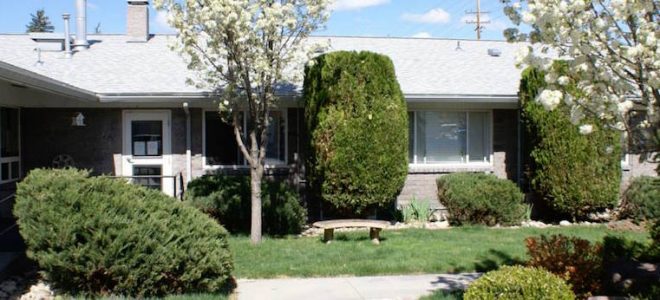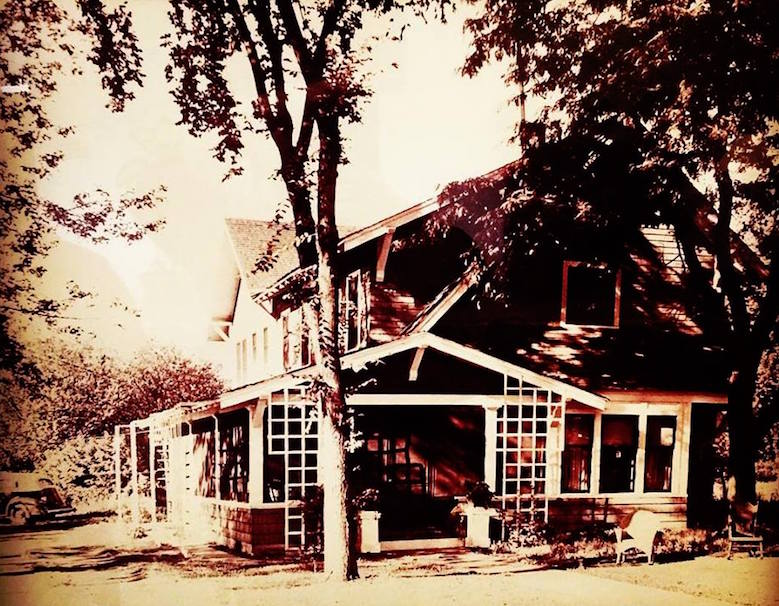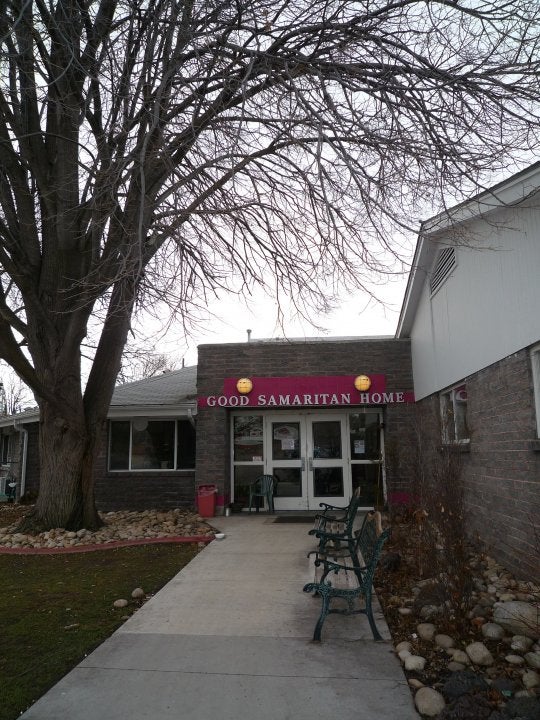

Peg Richards is executive director of Good Samaritan Home in Boise, which provides low-income housing, including meals and most basic needs, to seniors, veterans, adults with disabilities and adults in need on low or fixed income.
Homelessness is not a new issue in Boise. Good Samaritan Home was founded in 1942 when a philanthropist banded together a group of people, who would become the founding board of a long term permanent home for the less fortunate in Boise. Seventy-four years ago, community members came together to support housing for the poor.
It is important to know this: the homeless struggle is not new. It is an issue that has been relevant to generations of philanthropists in our city.
Nor is the homeless problem in Boise unique to our city. Numbers show that over a half a million people were homeless at the end of 2015 in the U.S. But, we live here and we are the community that must band together now to offer solutions for people experiencing homelessness in Boise.

The path to real answers to the homeless problem begins with education of the community about the homeless person’s reality of everyday life, the truth behind who the homeless are, information about the many good service providers in our area who have been working on homelessness for decades and the fact that together we can solve this problem. Because homelessness is the hot topic in Boise right now, it seems it is appropriate to reiterate some of those realities.
Let’s look at Cooper Court, a tent city in Boise that was disbanded in December 2015. Tent cities are the result of a system that does not meet the needs of people experiencing homelessness. Research shows that the shelter system is not a long term solution and often can be restrictive due to overzealous rules in the accommodation of families, couples and children. And you must also consider safety for all individuals, restrictions for personal items as well as open/close time for access to a bed that may or may not exist for the night. (See Welcome Home: The Rise of Tent Cities in the United States from the National Law Center on Homelessness and Poverty, March 2014.)
While our current shelter system fulfills an essential need, it is not the solution. Shelters do not offer long term permanent supportive housing. The majority of people staying in a shelter are there for temporary assistance, while their need goes much longer than a few nights.
Short-term transitional housing is not the answer either, but again, this type of housing offers a few benefits including a more stable living environment, a place to put away items and a bed that is temporarily one’s own.

Good Samaritan Home entrance, Boise.
While considering transitional housing programs, most require an individual to find more permanent housing within two years. As an example, Brad, a disabled veteran, was offered a room in a transitional house. In the two years, he worked diligently, upon improving his health, trying to find a job or some sort of permanent income to support a house. However, at the end of the two years, he was not able to find any solutions, so he ended up homeless, sleeping on a friend’s couch for months before his name come up on the Section 8 voucher program and he finally found an apartment that could be permanent as long as the landlord accepted his voucher.
Not every homeless person is a degenerate bum who chooses alcohol over a roof. A lot of the individuals are people who may have a disability, whether mental or physical, that does not allow them to work. Come and visit Good Samaritan Home. See the people that have moved out of their cars into a room or off the riverbank or out of a local shelter to be offered a private room of their own for as long as they need it. These are not drug addicts, they are working-class poor, they are disabled veterans, they are men and women who have been through a system that has failed them and landed in a permanent home that will meet their most basic needs while consistently offering them a secure home and a locked door every night.
It’s not the point to “sell” Good Samaritan Home, but to enable long term, supportive permanent housing in Boise.
We know that we are a viable solution to homelessness and we work with many other service providers to make sure that our residents are healthy and thrive in the environment. We work with social workers, administrators, private grant foundations, donors and organizations that believe in the same mission that we have: that providing housing is meeting a most basic need for any human being. And because we provide three meals a day every day, we offer even one less worry for our residents.
Housing is what a homeless person wants and needs, the opportunity to be understood and not labeled because they are homeless. And we as a community can band together to recognize that all people are human and deserving of compassion, in addition to a roof over their heads and a door to lock.